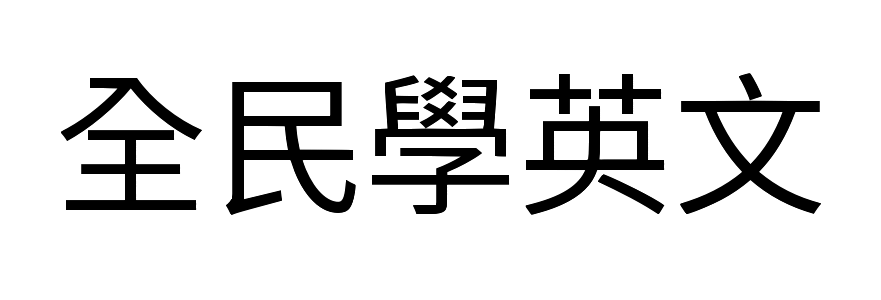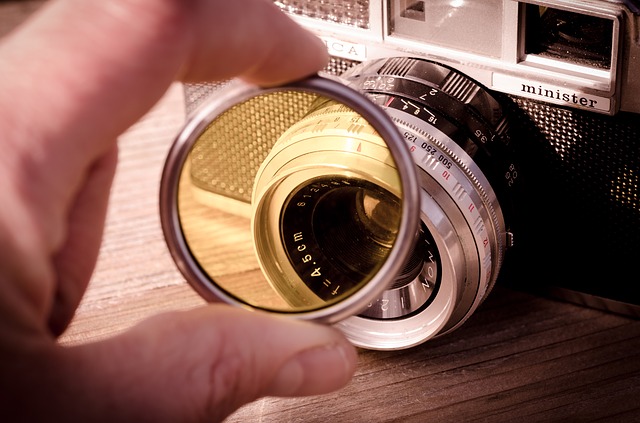為什麼不能馬上看到照片?拍立得的誕生
Polaroid: The Instant Photography Pioneer
Edward Herbert Land was born in Bridgeport, Connecticut in 1909. After graduating from high school, where he excelled at science, Land entered Harvard University to study chemistry. In his freshman year, he became so interested in polarized light—light whose waves all vibrate in a single plane—that he left to pursue full-time research on polarizing materials.
Land moved to New York, where he read scientific works at the public library by day and snuck into a lab at Columbia University to do experiments by night. His breakthrough came when he realized that instead of using large crystals—which were expensive and hard to come by—to polarize light, he could achieve the same effect with lots of tiny crystals embedded in a sheet of clear plastic. Land then returned to Harvard to perfect his new polarizing material, and in 1932 founded Land-Wheelwright Laboratories with one of his physics teachers. By 1937, the company—renamed the Polaroid Corporation—was producing polarizers for a variety of uses, including sunglasses and camera lens filters.
But land’s real eureka moment came during a vacation to Santa Fe in 1943. After taking a family photo, his three-year-old daughter asked why she couldn’t see it right away. On a walk that afternoon, he 1 came up with a solution—why not combine the film and chemicals used to develop it? So Land designed special sheets of film with pouches of chemicals on one side that would be spread across the negative by rollers after the picture was taken. The first Polaroid camera, introduced in 1948, could produce a black-and-white print in 60 seconds. The color Polaroid cameras of the ’60s and ’70s sold so well that Land was a billionaire when he retired in 1982.
寶麗來:拍立得的先驅
愛德華賀伯蘭德一九○九年生於康乃迪克州布里吉波。高中科學成績十分優異的蘭德,畢業後進入哈佛大學研讀化學。大一那年,他開始對偏振光―在同一平面振動的光―深感興趣,於是離開學校,全力投入偏光材料的研究。
蘭德搬到紐約,白天在公立圖書館閱讀科學著作,晚上則偷偷溜進哥倫比亞大學的實驗室做實驗。當他發現要使光發生偏振不必使用大塊晶體―那又貴又難取得,改用嵌入許多小晶體的透明塑膠片就能達到同樣效果,他的研究有了突破性的發展。接著蘭德回到哈佛大學精進他新的偏光材料,並於一九三二年和他的一位物理學老師創立蘭德惠萊特實驗室。一九三七年,這間公司―易名為寶麗來公司―開始為多種用途製造偏光鏡,包括太陽眼鏡和照相機的濾鏡。
但蘭德真正靈機一動的時刻是他一九四三年到聖塔菲度假期間。拍了一張全家福合照之後,他三歲大的女兒問,為什麼不能馬上看到照片。當天下午散步時,他想到一個辦法―為什麼不把底片和沖洗底片的化學藥劑結合起來呢?於是,蘭德設計了一款特別的底片,一側附上裝有化學藥劑的囊袋,照片一拍攝,滾軸便會將化學藥劑塗滿底片上。第一部拍立得相機在一九四八年問世,可於六十秒內產生一張黑白照片。六○及七○年代的彩色拍立得相機非常暢銷,使蘭德在一九八二年退休時已是億萬富翁。
【實用字彙】
pioneer (n.) 先驅,倡導者
sneak (v.) 偷偷地走,溜
breakthrough (n.) 突破性的進展
physics (n.) 物理學
本文取材自《改變人類生活的創意發明Eureka!:EZ TALK總編嚴選特刊》
(本文授權刊登自EZTALK編輯部)

